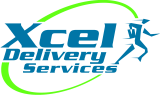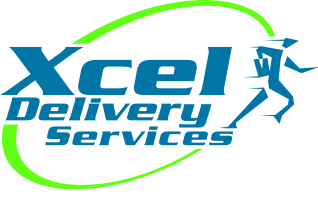Many businesses are faced with unprecedented shortages in storage capacity. If your company is experiencing this common problem, you may be able to solve your storage needs using a shipping method known as cross-docking. Read on to discover the ins and outs of cross-docking to determine if it is right for your business.
Cross-Docking Explained
Cross-docking is a shipping and logistics procedure that allows businesses to reduce their required inventory rates. While utilizing the cross-docking process, a business’s products are taken to a warehouse, and rather than undergoing lengthy inspections, are immediately prepared for shipment. Often, the products will be transferred to another vehicle in the same facility.
The Cross-Docking Process
The cross-docking process is not technically difficult, but it does require excellent organizational skills and pristine attention to detail. First, trucks arrive at a warehouse and park in the entrance docks. The products are then unloaded, sorted, and rerouted to other nearby vehicles. Finally, the products are delivered to the client. Typically, businesses are able to decide which products should be cross-docked and which can be shipped normally. If your company is in charge of its own warehouse, this should be relatively easy to accomplish. If not, you can usually still communicate your needs with the warehouse staff.
Pros and Cons
Cross-docking allows for higher levels of efficiency, lower inventory or storage costs, reduced labor costs, and a much shorter amount of lead time. However, cross-docking requires keen precision and advanced technology. Certain businesses may find that cross-docking investment costs are not negated by their profits, especially companies with low turnover rate. Only you can know what is best for your business.
You and your business can depend on Xcel Delivery in Phoenix, AZ, to ship your packages with speed and dedication. For more information on our delivery services or to request an estimate, call (602) 368-1300 or send us a message here.

